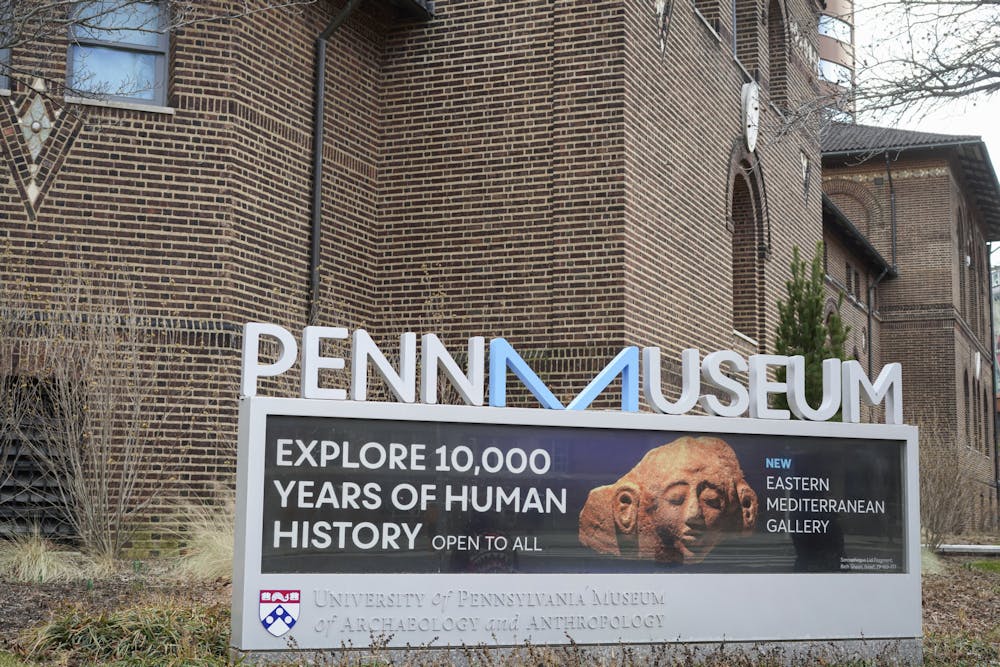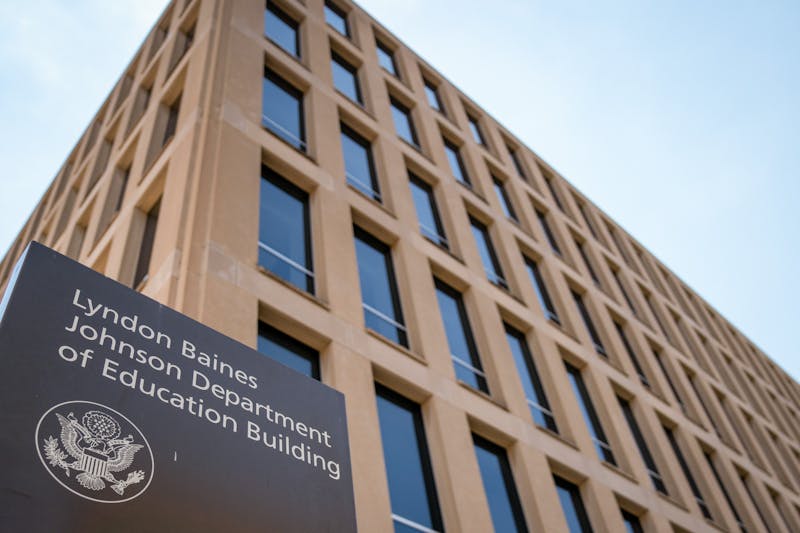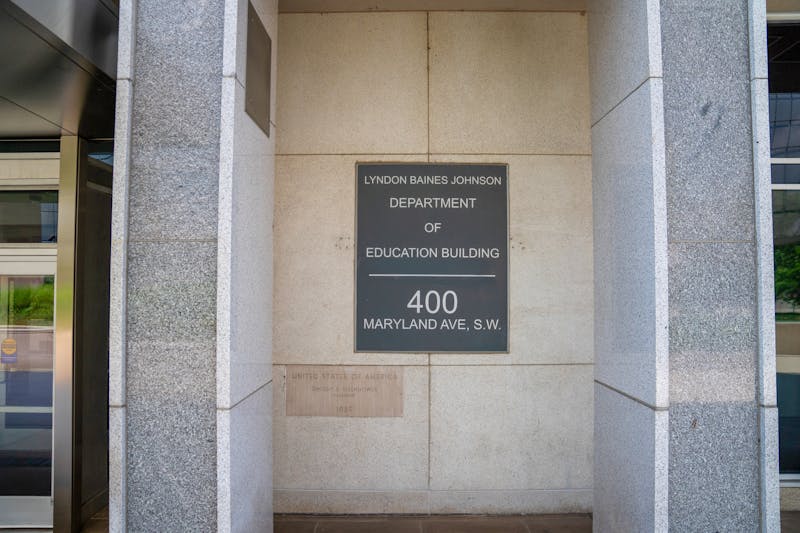
Penn researchers, working in conjunction with Egyptian archaeologists and the Egyptian Ministry of Tourism and Antiquities, have unearthed the tomb of an unknown pharaoh at Anubis Mountain in Abydos, Egypt.
Dated at 3,600 years old, the burial chamber — which was found in January and features many decorated rooms and mudbrick vaults — is the second major finding of an ancient Egyptian tomb in 2025. The pharaoh once buried in the tomb has not yet been identified, but it is known that he reigned during Egypt's Second Intermediate Period, lasting from 1640 to 1540 B.C.E.
In 2014, a team led by Middle Eastern Languages and Cultures Department Chair and Penn professor of Egyptology and Egyptian Archaeology Josef Wegner excavated the tomb of King Seneb-Kay, who ruled during the Abydos Dynasty. Similarities between the two tombs have led Penn researchers to surmise that the unidentified pharaoh was a predecessor of Seneb-Kay.
The tomb, largely looted by grave robbers, possessed no identifiable skeletal remains and sustained heavy damage over time. Nevertheless, it contained painted brickwork, remains of inscriptions, and several burials.
“This tomb and Seneb-Kay’s tomb are the earliest surviving royal tombs that actually have painted decorations inside,” Wegner said in an interview with The New York Times. “It’s a new chapter in investigating this dynasty.”
The Ministry of Tourism and Antiquities commented on the discovery in March, describing its findings and emphasizing its importance for archaeological research.
“The discovery of the royal tomb in Abydos provides new scientific evidence on the development of royal tombs in the Mount Anubis necropolis, which dates back to the Abydos Dynasty, a series of kings who ruled Upper Egypt between 1700 and 1600 BC,” the news release read.
According to Wegner, excavations at the approximately 10,000-square-meter site will continue through 2025. The researchers will use new technology, including remote sensing, magnetometry, and photogrammetry.
“Ongoing excavations also include protection, site management, and conservation of these structures," Wegner said in the press release. "That is a part of our commitment to the site in cooperation with the Egyptian Ministry of Tourism and Antiquities."
He added that the team is in the process of opening other tombs as visitable monuments in the same area where the new tomb was found.
The Daily Pennsylvanian is an independent, student-run newspaper. Please consider making a donation to support the coverage that shapes the University. Your generosity ensures a future of strong journalism at Penn.
Donate






